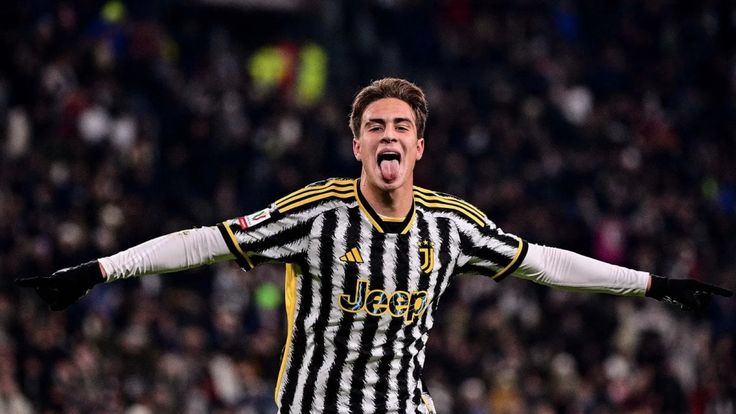Recent insights from former Juventus Primavera coach Massimiliano Maddaloni reveal a club in a state of flux, grappling with challenges that extend beyond the pitch. His comments paint a picture of an institution striving to regain its foundational stability amidst significant changes.
The Coaching Conundrum: A Question of Permanent Vision
The quest for a definitive coaching direction has been a recurring theme at Juventus. Maddaloni highlighted a period where a potential coach was viewed merely as a temporary solution, rather than a long-term architect of the team`s future. This transitional phase, marked by the apparent unavailability of high-profile candidates, led to a strategic «stalemate.» Such situations underscore a fundamental challenge: without a clear, enduring leadership at the helm, a football club struggles to imprint a consistent philosophy on its squad. It`s a bit like building a skyscraper without a fixed blueprint – progress might be made, but the final structure lacks coherent design.
Beyond the Bench: Managerial Metamorphosis
Perhaps even more profound than the coaching merry-go-round are the shifts within the club`s upper echelons. Maddaloni’s remarks point to a Juventus less «solid» than in eras past, specifically referencing the periods under figures like Luciano Moggi and Andrea Agnelli. While those tenures certainly had their own distinct narratives and, in some cases, controversies, they were characterized by a perceived organizational strength and a clear chain of command. The current landscape, marked by post-Giuntoli adjustments and other leadership transitions, has introduced a need for a new internal equilibrium. A club`s strength often lies in its corporate backbone, and any tremors there inevitably reverberate down to the training ground.
— Massimiliano Maddaloni
A Team in «Construction Phase»: The On-Pitch Reflection
The consequences of this organizational fluidity are, predictably, visible on the pitch. Juventus, by Maddaloni`s assessment, is currently not operating at a «top-level» standard. Instead, it is described as being in a «construction phase.» This isn`t merely a euphemism for underperformance; it reflects a genuine process of redefining identity and strategy. Building a competitive squad requires not just talented individuals, but a cohesive unit that understands and executes a shared vision. When the underlying structure of the club is seeking balance, achieving this synergy becomes a more arduous task. It’s a stark reminder that football success is a holistic endeavor, demanding alignment from the boardroom to the boot room.
The Transfer Market: A Crucible for Rebuilding
As the football world turns its attention to the upcoming transfer window, Juventus faces a critical period. The market, active until late August, offers the primary mechanism for tangible change. This isn`t just about acquiring star players; it`s about strategically identifying individuals who fit the emerging tactical framework and, crucially, the club`s evolving identity. The ability to make astute decisions in this window will largely dictate the pace and direction of Juventus`s «construction phase.» It`s an opportunity to inject not just skill, but also the right character and commitment needed to forge a new, solid foundation for the future.
Conclusion: The Path to Renewed Stability
Juventus stands at a pivotal juncture, navigating the complexities of post-dynastic transition. The insights from Massimiliano Maddaloni underscore that the path back to consistent elite status requires more than just on-field tactics; it demands a fundamental re-establishment of equilibrium at every level of the organization. The club’s quest for balance – in its leadership, its coaching philosophy, and its squad composition – is an ongoing saga that will define its immediate future. As the «Old Lady» of Italian football looks to rebuild, the coming months will be crucial in determining whether she can indeed find her lost footing and reclaim her place among Europe`s most formidable footballing institutions.

